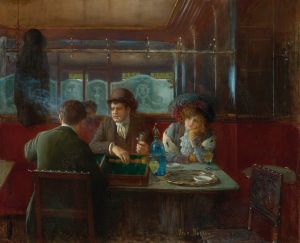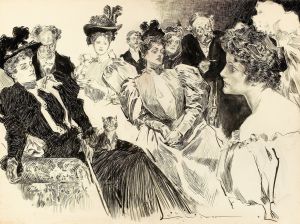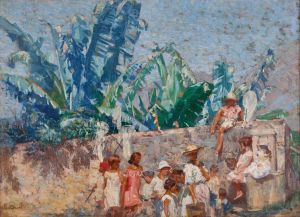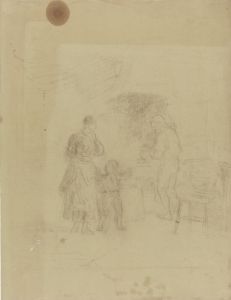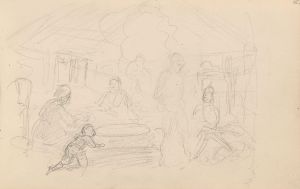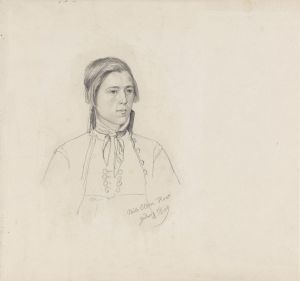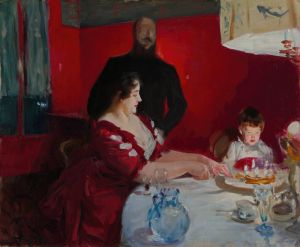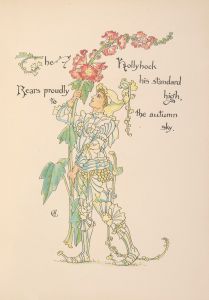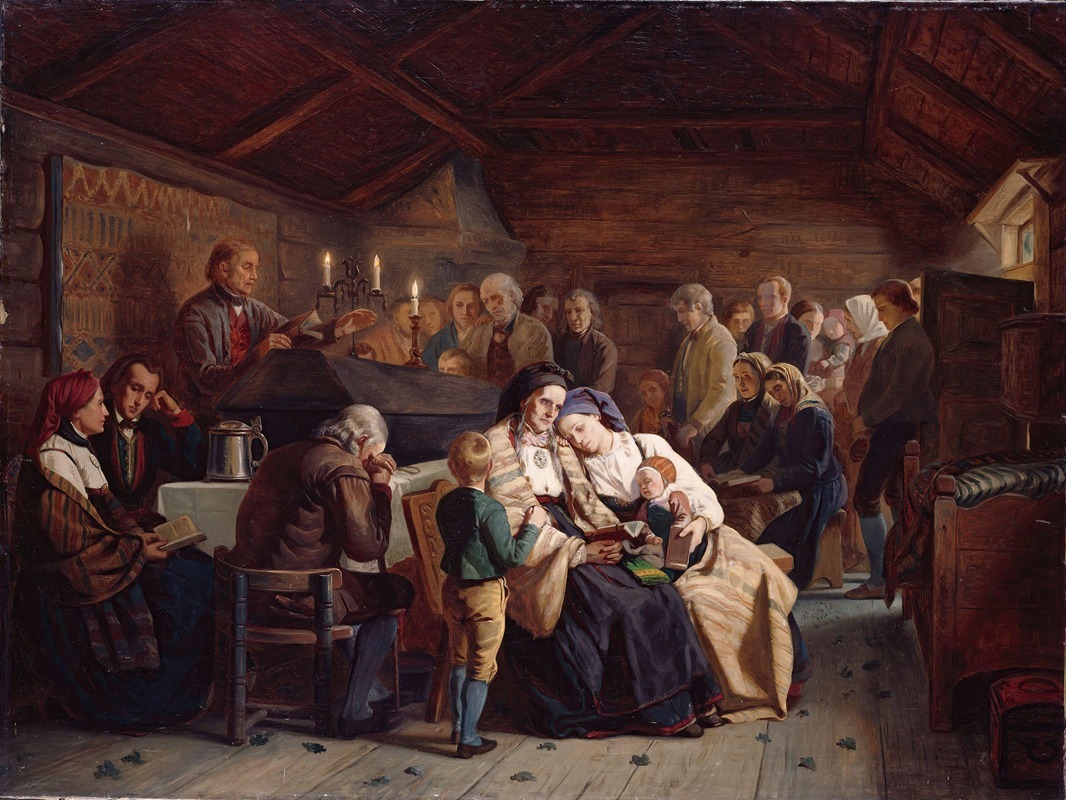
Funeral Feast
A hand-painted replica of Adolph Tidemand’s masterpiece Funeral Feast, meticulously crafted by professional artists to capture the true essence of the original. Each piece is created with museum-quality canvas and rare mineral pigments, carefully painted by experienced artists with delicate brushstrokes and rich, layered colors to perfectly recreate the texture of the original artwork. Unlike machine-printed reproductions, this hand-painted version brings the painting to life, infused with the artist’s emotions and skill in every stroke. Whether for personal collection or home decoration, it instantly elevates the artistic atmosphere of any space.
Adolph Tidemand, a prominent Norwegian painter of the 19th century, is renowned for his detailed and evocative depictions of Norwegian folk life and traditions. One of his notable works is "Funeral Feast," which exemplifies his ability to capture the cultural essence of Norway during his time.
Adolph Tidemand was born on August 14, 1814, in Mandal, Norway. He studied art in Copenhagen and later in Düsseldorf, where he became associated with the Düsseldorf School of painting. This movement was characterized by its attention to detail, historical accuracy, and often romanticized portrayal of subjects. Tidemand's work often focused on the everyday life and customs of Norwegian people, capturing the spirit and traditions of rural Norway.
"Funeral Feast" is a painting that reflects Tidemand's interest in Norwegian customs and his skill in portraying them with authenticity and respect. The painting depicts a traditional Norwegian funeral feast, an event that was an integral part of the mourning process in rural communities. These feasts were gatherings where family and friends would come together to honor the deceased, share memories, and provide support to one another.
In "Funeral Feast," Tidemand captures the somber yet communal atmosphere of such an event. The painting likely features a group of people gathered around a table, engaged in conversation and sharing a meal. The setting is typically a rustic interior, reflecting the rural environment of Norway during the 19th century. Tidemand's attention to detail is evident in the depiction of traditional Norwegian costumes, furnishings, and the expressions of the individuals present, which convey a range of emotions from grief to camaraderie.
Tidemand's work is significant not only for its artistic merit but also for its ethnographic value. His paintings serve as visual documents of Norwegian cultural practices and social life during a period of significant change and modernization. By focusing on traditional customs, Tidemand contributed to a growing interest in national identity and heritage in Norway, which was particularly important during the 19th century as the country sought to assert its cultural distinctiveness.
"Funeral Feast" is part of Tidemand's broader oeuvre, which includes other well-known works such as "Haugianerne" (The Haugeans) and "Bridal Procession on the Hardangerfjord," both of which similarly explore themes of Norwegian life and tradition. Through his art, Tidemand played a crucial role in preserving and celebrating Norwegian culture, making his work an important part of Norway's artistic and cultural history.
Adolph Tidemand passed away on August 25, 1876, but his legacy endures through his paintings, which continue to be celebrated for their historical significance and artistic excellence. "Funeral Feast," like many of his works, remains a testament to his dedication to capturing the essence of Norwegian life and the enduring power of art to connect us with our cultural roots.





